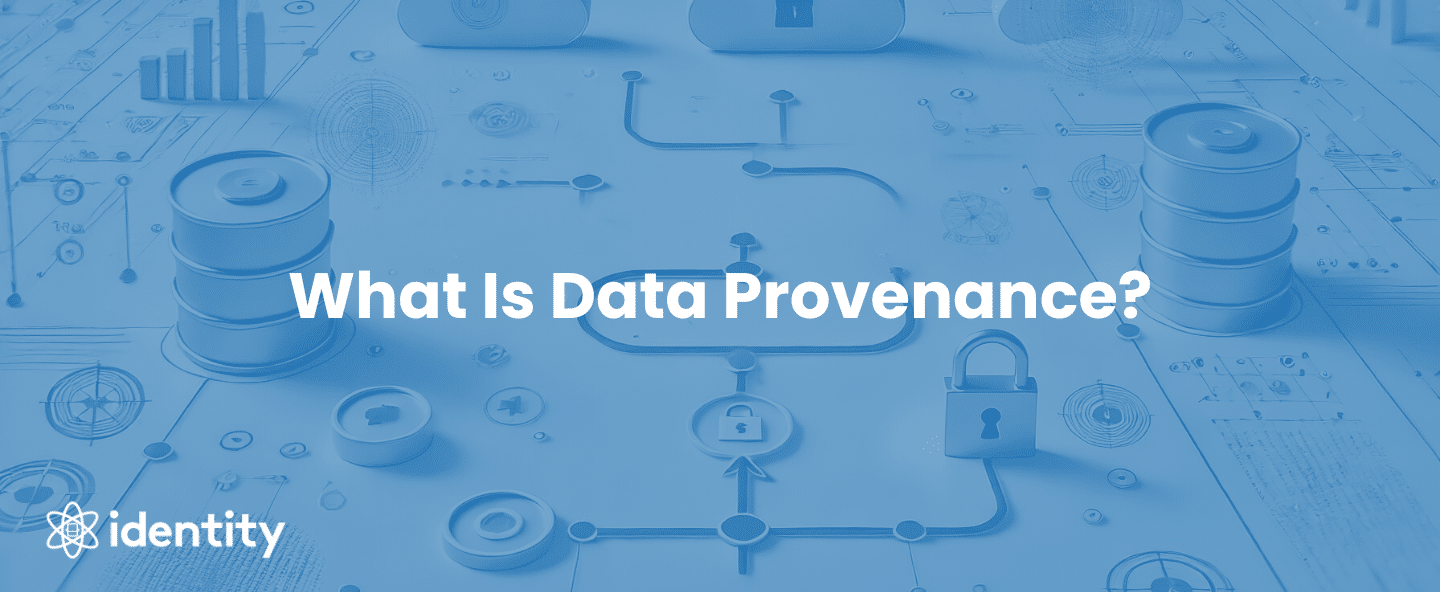
What Is Data Provenance?
Trust in data is at an all-time low. Studies indicate that a significant percentage of online information—and in some cases,

Trust in data is at an all-time low. Studies indicate that a significant percentage of online information—and in some cases,
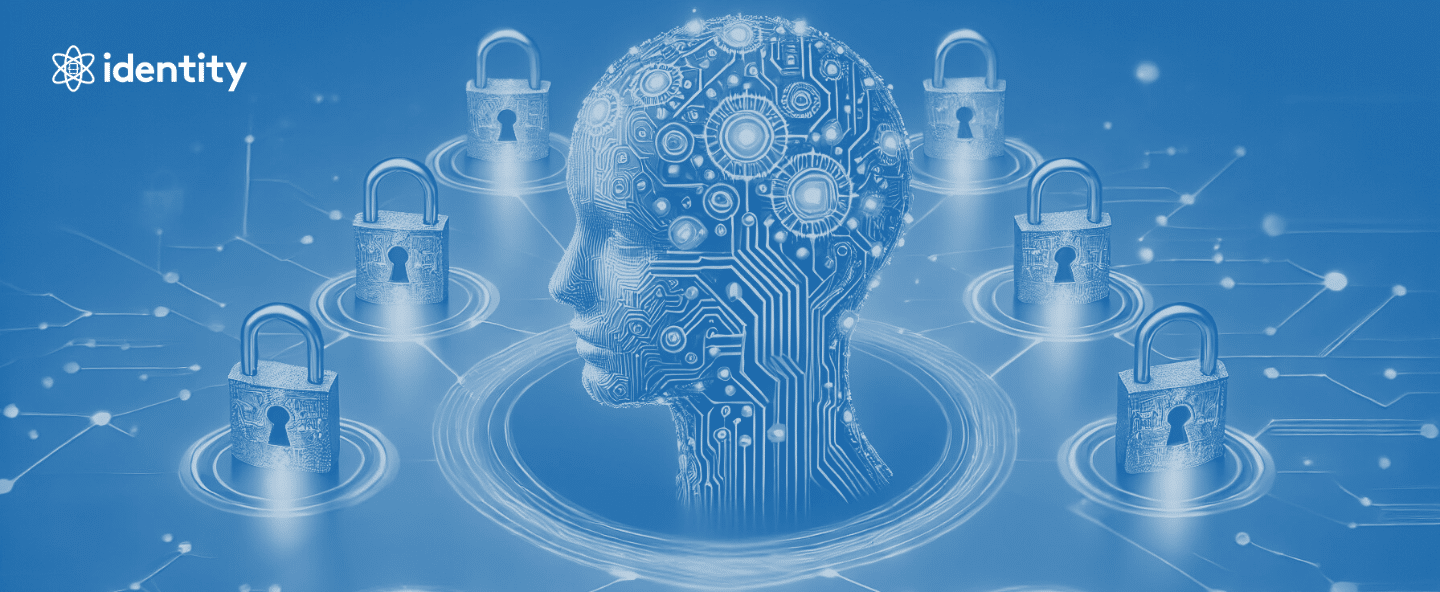
Key Takeaways: Verifiable AI refers to AI systems designed to be transparent, auditable, and accountable. These systems allow users to
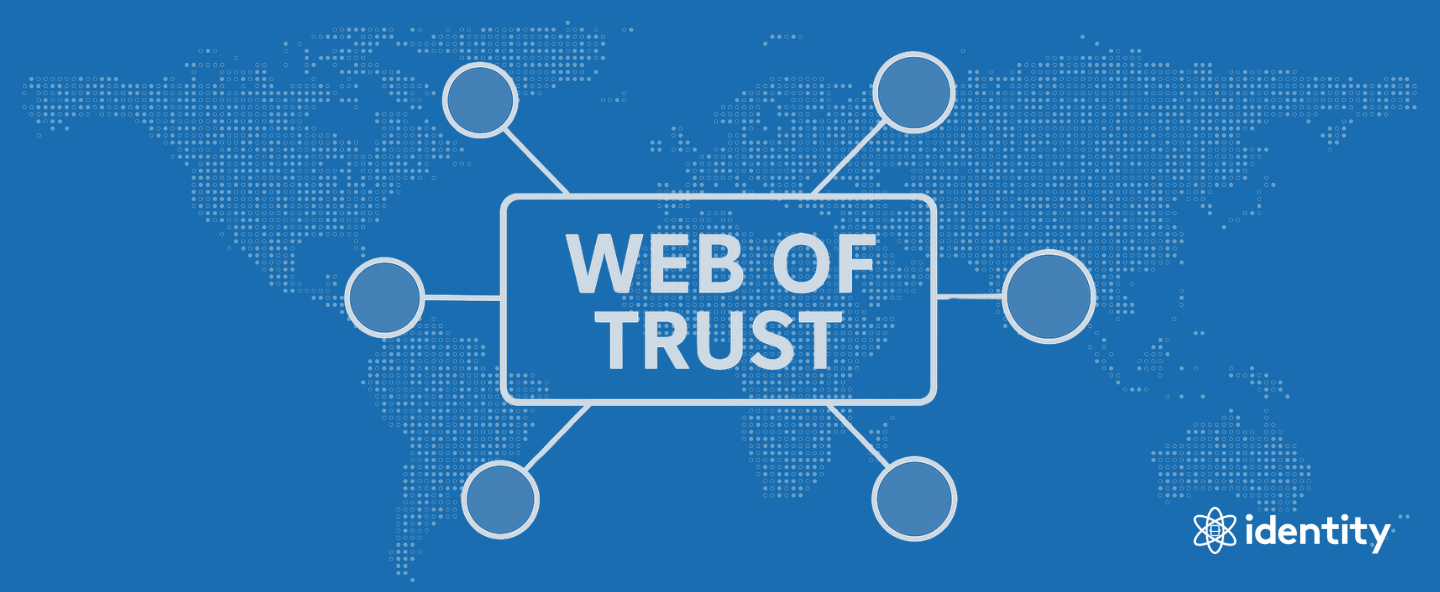
Decentralized identity is no longer a distant goal—it’s becoming part of today’s digital infrastructure. From national governments to global enterprises,
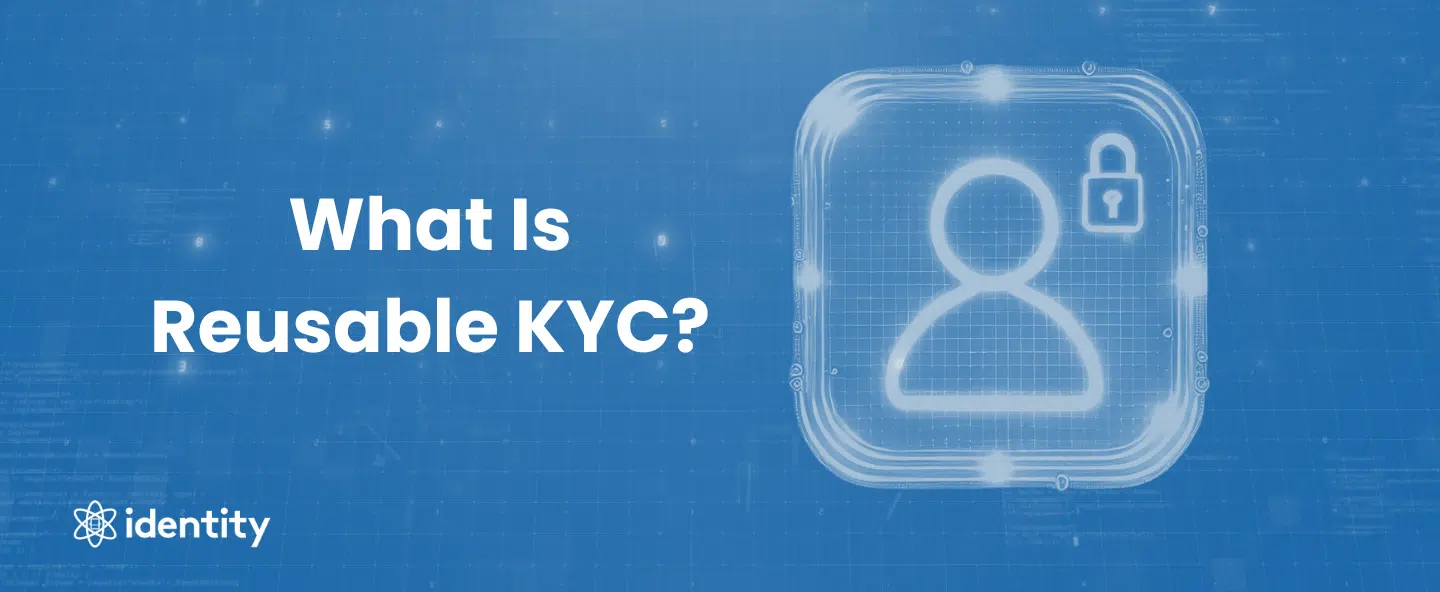
Key takeaways Reusable KYC is changing how identity verification works by allowing users to verify their identity once and reuse
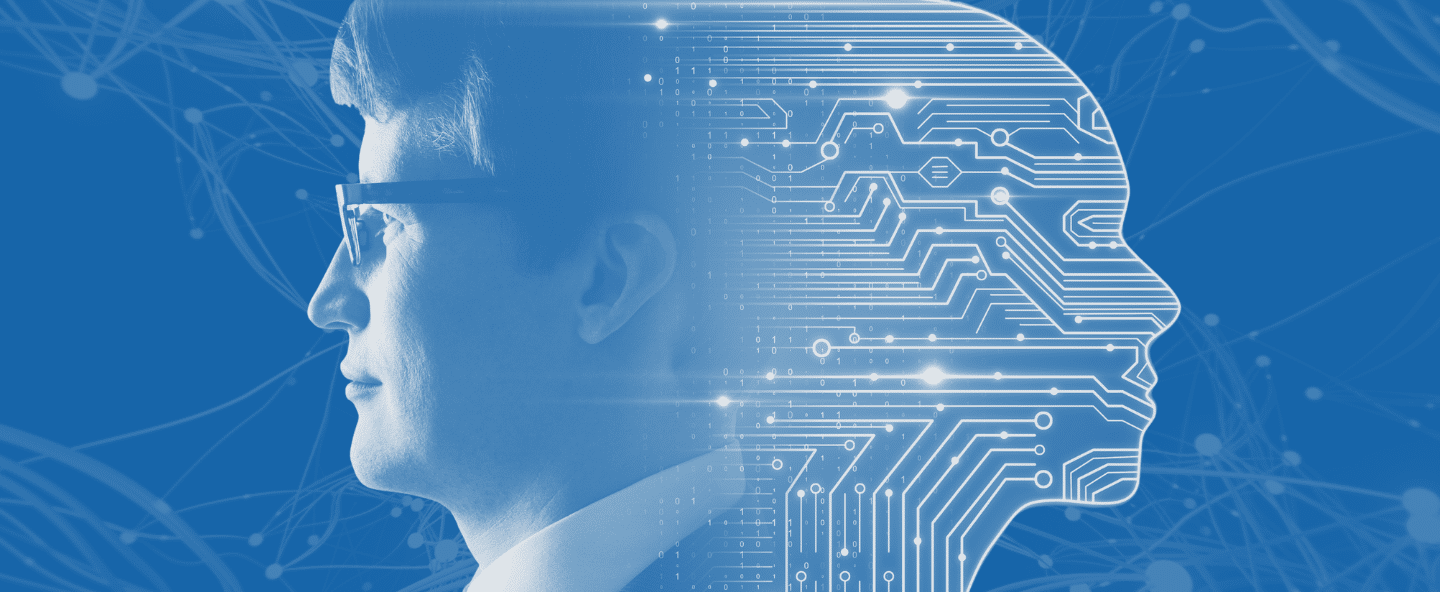
Key Takeaways: Deepfakes are highly realistic AI-generated media (images, videos, and audio) that can manipulate content, often making it difficult
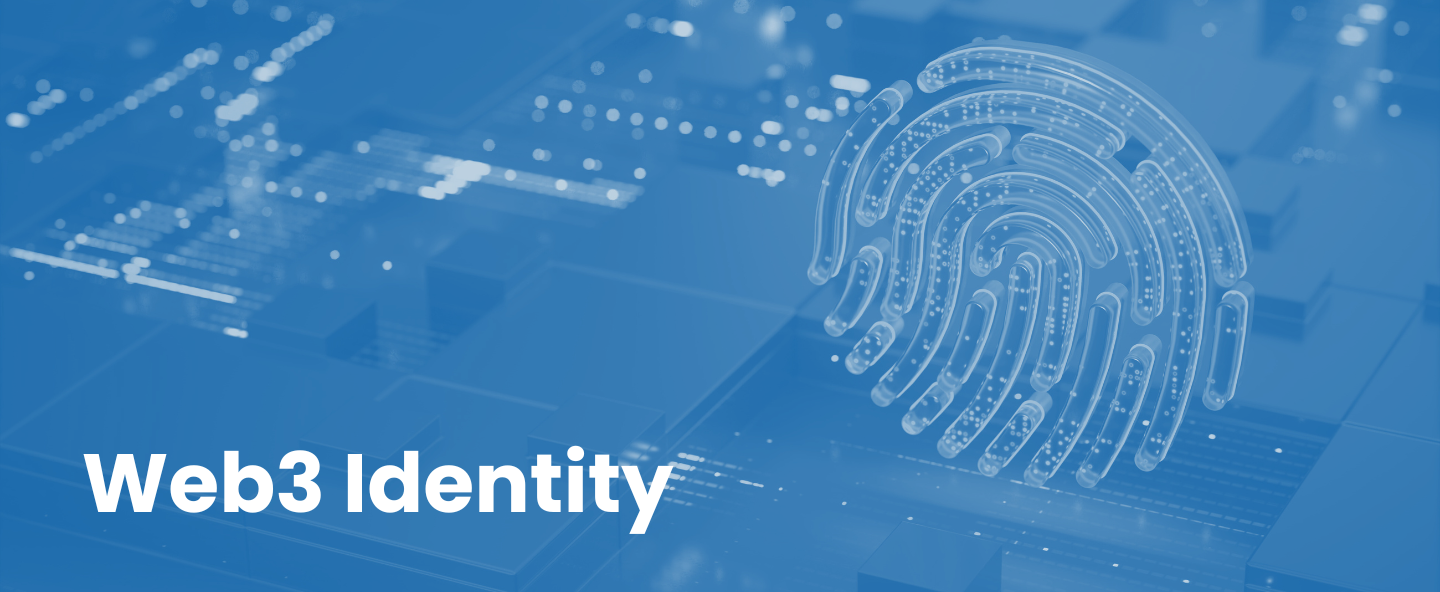
Key Takeaways: Web3 identity is a decentralized approach to managing digital identities. It leverages blockchain technology to give individuals more

Artificial intelligence (AI) is transforming industries worldwide, and the music industry is no exception. From creating new compositions to enhancing
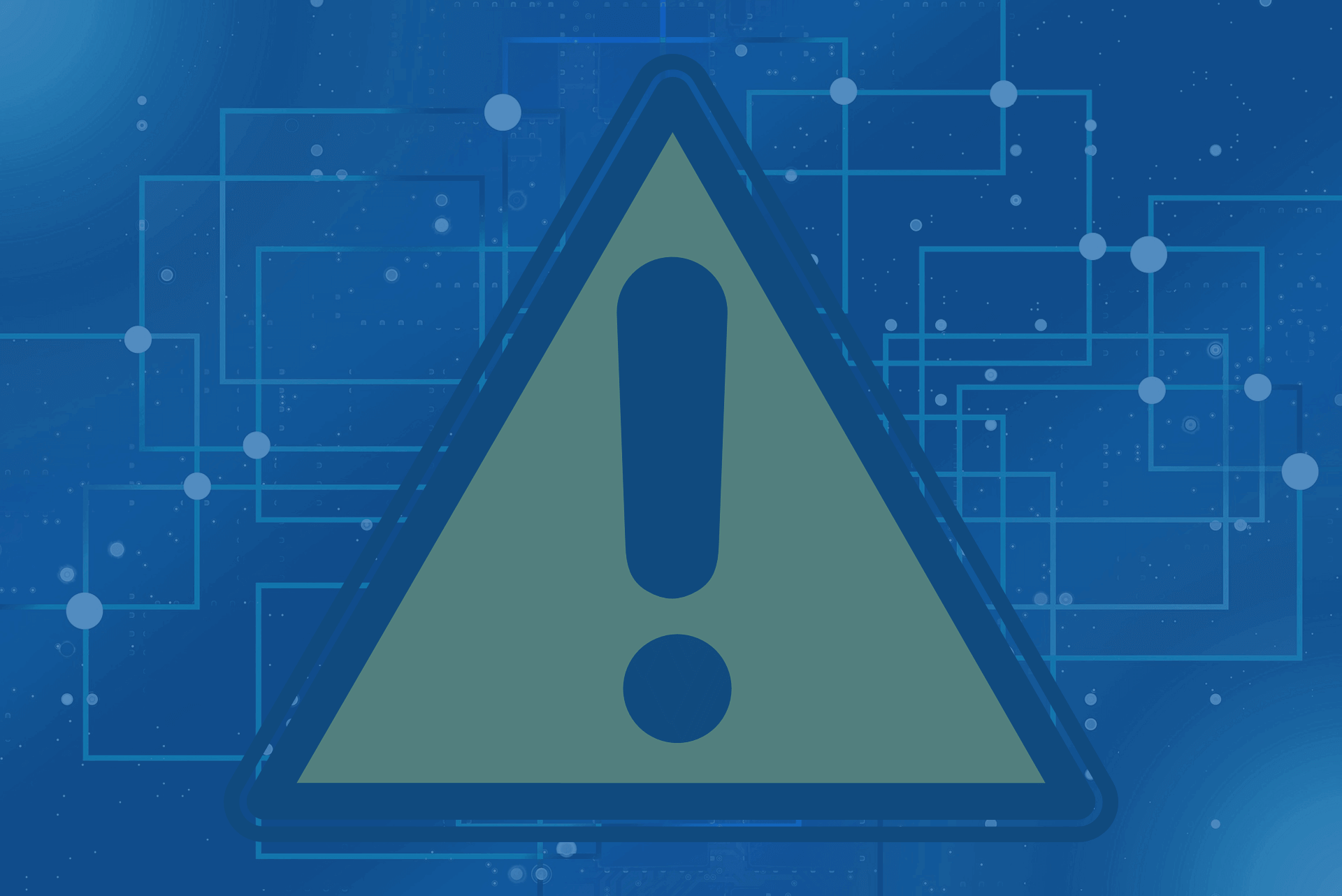
This is Part 2 of our “Identity and Access Management” blog series. Here is Part 1, where we introduced the
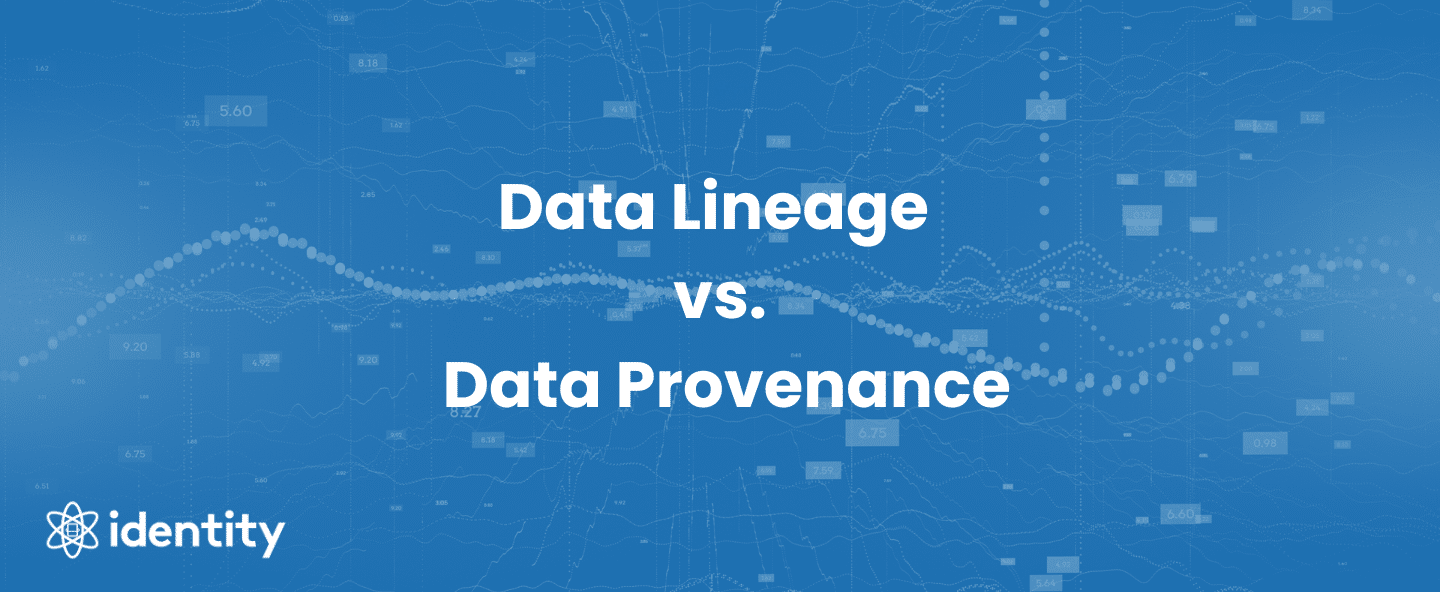
Data governance is critical for organizations that handle large volumes of data. Two fundamental concepts that help ensure data integrity